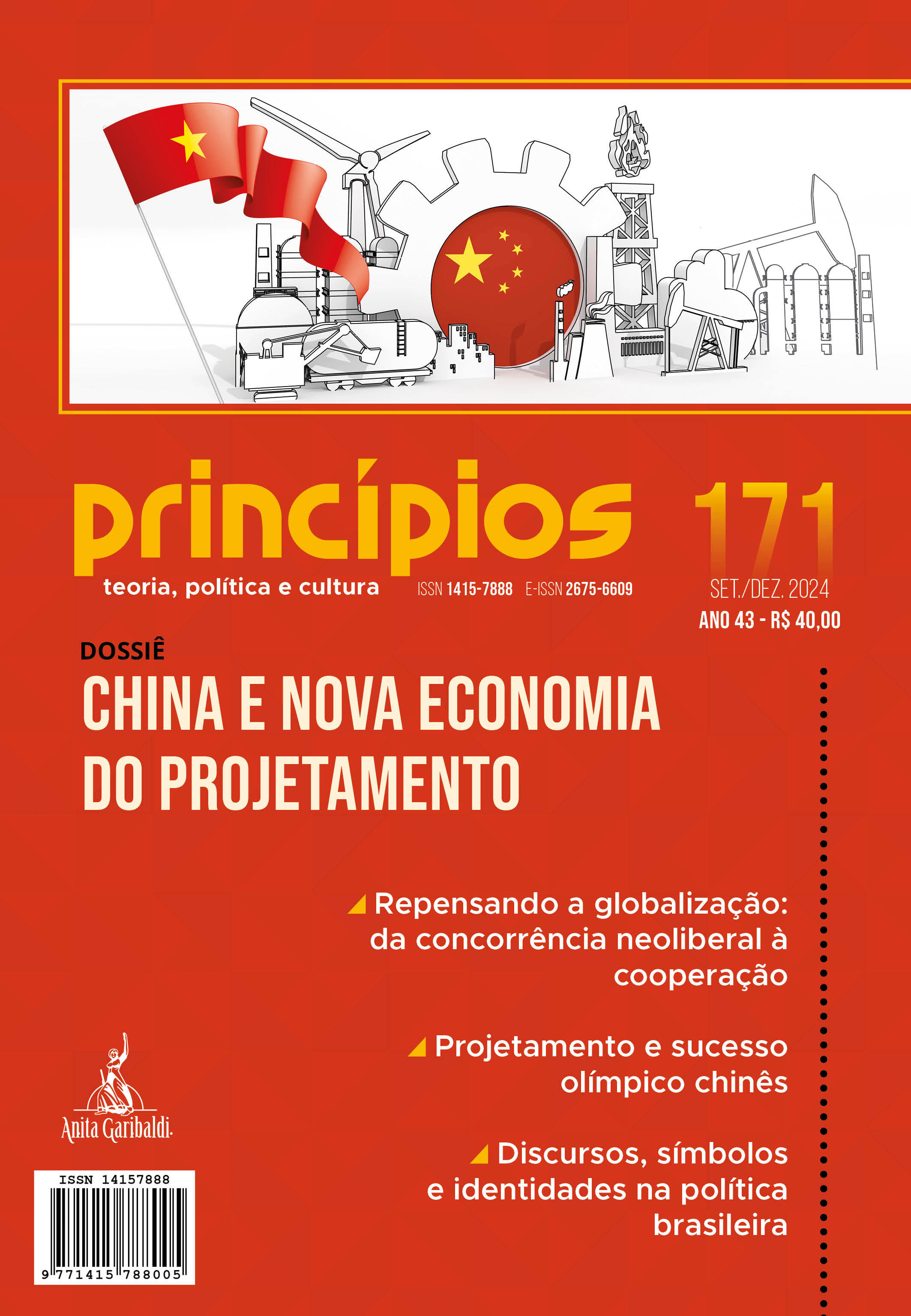The Chinese state in the 21st century: the new project economy, combating poverty and land use planning.
A nova economia do projetamento, combate a pobreza e o ordenamento do território
DOI:
https://doi.org/10.14295/principios.2675-6609.2025.171.008Keywords:
China, Chinese state, New Project Economy, Poverty alleviation, Spatial planningAbstract
This article seeks to understand how the New Project Economics (NEP) contributes to the understanding of institutional innovations in China, focusing on the relationship between the fight against poverty and territorial planning. Since the economic opening in 1978, China has gone from an agrarian economy to the most complex in the world, with the state leading the process of industrialization and land-use planning. Structural reforms, implemented gradually and experimentally, have created new institutions that have boosted the country's economic and social development. The NEP is used to understand how this model of planned economy influences the fight against poverty, highlighting materialities that prove this hypothesis. The study adopts a dialectical approach and uses bibliographical sources, technical-scientific articles and economic censuses to gather data. The article is divided into two sections: the first analyzes how the NEP manifests itself in a material way in China; the second explores the connection between the fight against poverty and Chinese territorial planning. The conclusion is that China's structural changes, driven by institutional innovations, challenge hegemonic economic paradigms and reinforce the role of the state in development and territorial organization.










